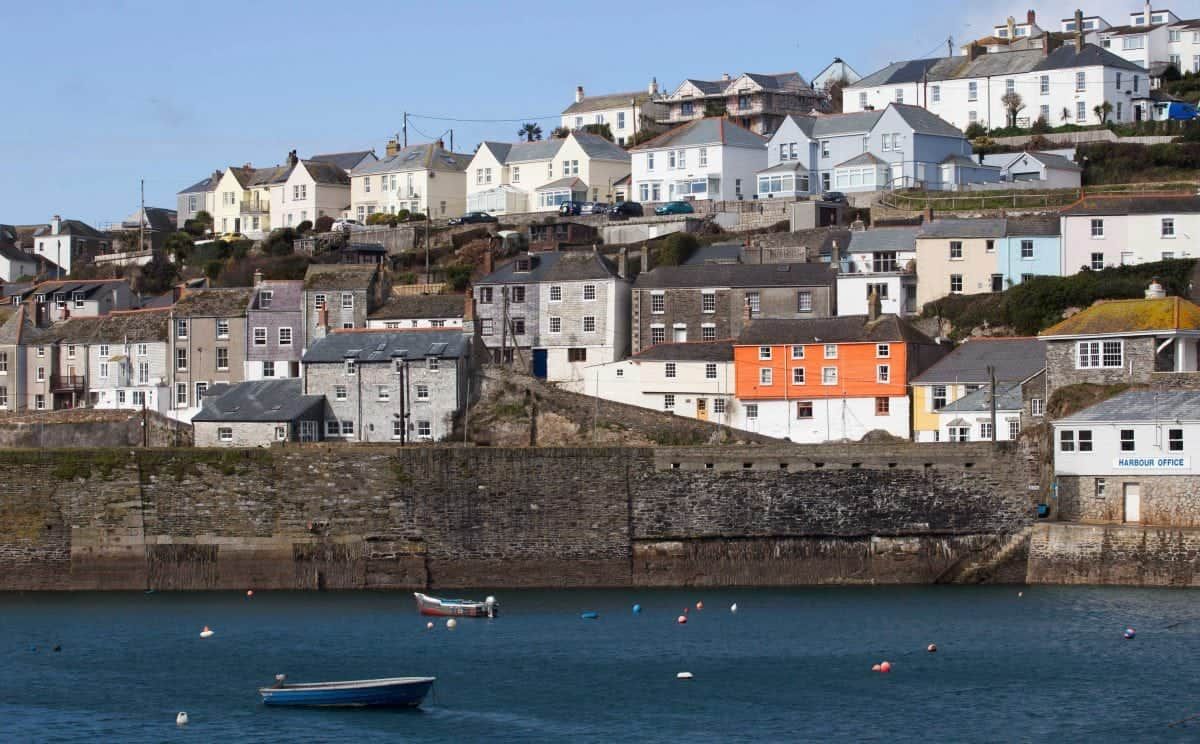
They can sometimes seem like being in a different country and now geologists believe that Devon and Cornwall were once part of France.
Their theory comes after studying the chemical profile of the west country counties’ rocks which have more in common with France than the rest of the UK.
For centuries scientists thought England, Wales and Scotland were created by the merger of two land masses, Avalonia and Laurentia more than 400 million years ago.
Then the continents on the Earth were on the move and Avalonia, which would become England and Wales, collided and fused with Laurentia, which would become Scotland.
It had been believed the British mainland was formed from the collision of these two ancient continental land masses.
Yet geologists based at the University of Plymouth now believe a third land mass – Armorica that contains Brittany and Normandy was also involved in the process.
It had been thought the border between Avalonia and Armorica lay beneath the English Channel.
But the chemical profile of southern Devon and Cornwall have more in common with France and mainland Europe than mainland Britain.
And the geological border runs from the Exe estuary in the East to Camelford in the west.
The new way of thinking about the creation of Great Britain was based on an extensive study of mineral properties at exposed rock features across Devon and Cornwall.
They reveal a clear boundary running across the two counties, with areas north of it sharing their geological roots with the rest of England and Wales but everything south being geologically linked to France and mainland Europe.
This could explain the abundance of tin and tungsten in the far South West of England, metals also found in Brittany and other areas of mainland Europe, but not so evident in the rest of the UK.
Lecturer in Igneous Petrology Dr Arjan Dijkstra, said: “This is a completely new way of thinking about how Britain was formed.
“It has always been presumed that the border of Avalonia and Armorica was beneath what would seem to be the natural boundary of the English Channel.
“But our findings suggest that although there is no physical line on the surface, there is a clear geological boundary which separates Cornwall and south Devon from the rest of the UK.”
Dr Dijkstra and Masters student Callum Hatch, who is now working at the Natural History Museum, visited 22 sites in Devon and Cornwall that were left exposed following geological events, such as underground volcanic eruptions.
These took place around 300 million years ago and brought magma from depths of 100 km to the Earth’s surface.
Rock samples from each site were collected and subjected to detailed chemical analysis in the lab using X-ray fluorescence (XRF) spectrometry.
The samples were also dissolved in acid in order to conduct a more intensive isotopic analysis, with scientists examining the levels of two elements – strontium and neodymium – to understand the full history of the rocks.
These findings were compared with previous studies elsewhere in the UK and mainland Europe.
Results showed the clear boundary running from the Exe estuary in the East to Camelford in the west.
Dr Dijkstra concluded: “We always knew that around 10,000 years ago you would have been able to walk from England to France.
“But our findings show that millions of years before that, the bonds between the two countries would have been even stronger.
“It explains the immense mineral wealth of South West England, which had previously been something of a mystery, and provides a fascinating new insight into the geological history of the UK.”
The study was published in Nature Communications.
Watch Video Here